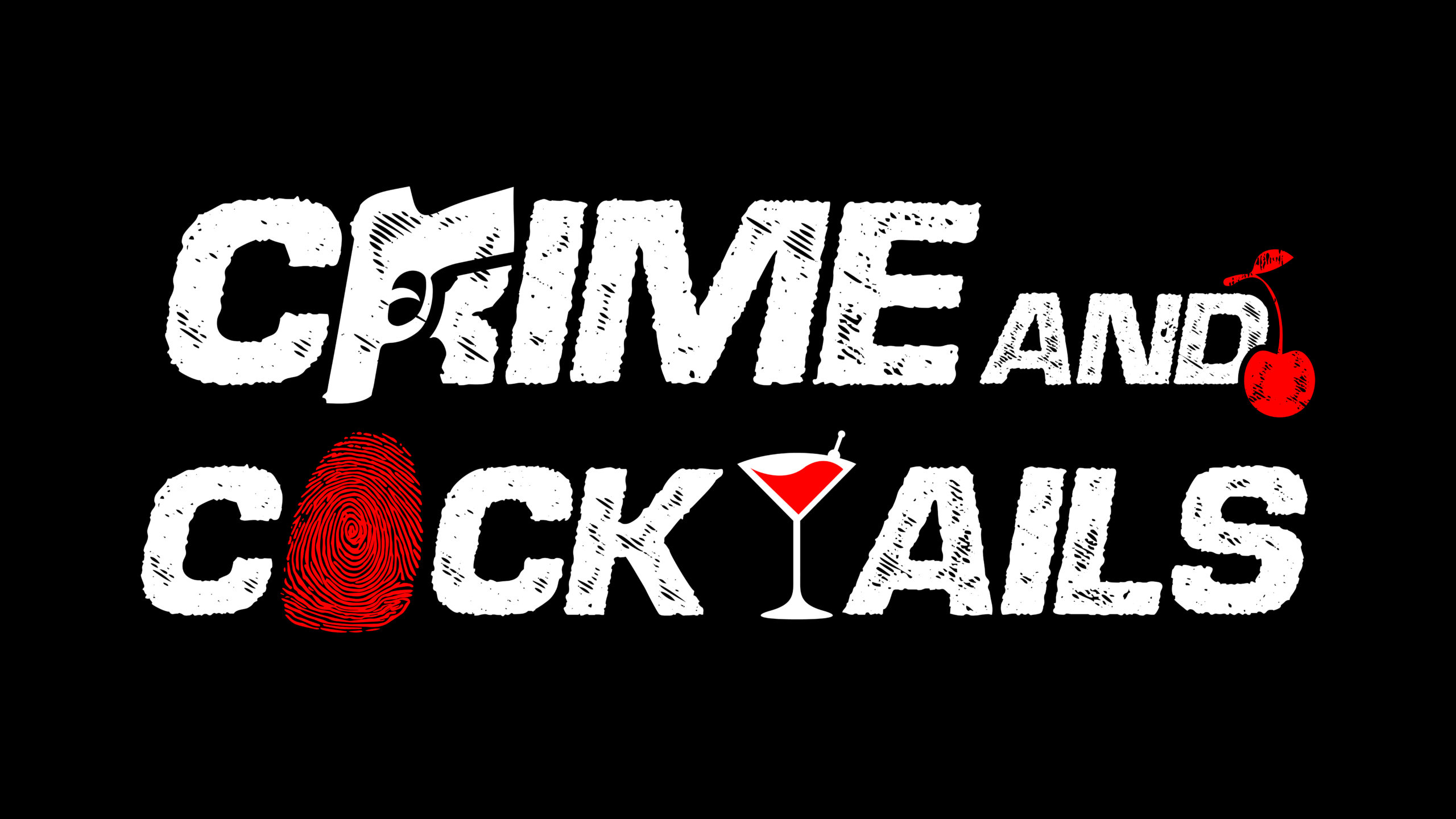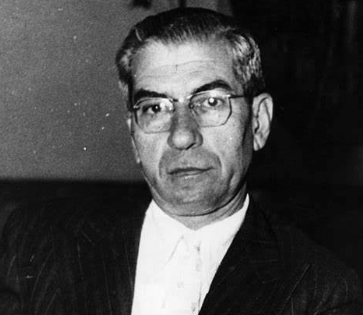Luciano’s Return: How the Mafia Architect Rebuilt the Global Heroin Trade
In 1946, American military intelligence gave the Mafia one final, priceless gift—freedom for its greatest criminal mastermind, Charles “Lucky” Luciano. After spending nearly a decade behind bars, Luciano was released and deported to Italy, thanks to vague wartime services rendered to the U.S. Navy. This so-called “gift” proved catastrophic for global law enforcement, as it unleashed Luciano’s unparalleled criminal genius onto an unsuspecting world, allowing him to construct one of the most efficient and untouchable heroin syndicates in modern history.
The Rise of an International Drug Empire
Within two years of his arrival in Italy, Luciano had not only rebuilt his empire but transformed it into a narcotics operation of unprecedented scale. His network funneled morphine base from the Middle East, refined it into heroin in clandestine Sicilian and Marseille laboratories, and flooded the streets of America with an ever-growing supply. By 1952, U.S. heroin addiction rates had tripled, and by 1965, they had exploded to nearly 150,000 users. The authorities were chasing ghosts—Luciano’s operation functioned with military precision, never suffering a major arrest or seizure in its first decade.
From Pharmaceuticals to Clandestine Labs
At first, Luciano exploited legal loopholes. One of Italy’s most respected pharmaceutical companies, Schiaparelli, became an unwitting supplier, diverting at least 700 kilos of heroin to the syndicate over four years. But when U.S. narcotics authorities tightened regulations in 1950, Luciano was already ten steps ahead. His network had established secret drug labs in Sicily and the notorious smuggling hub of Marseille, ensuring a continuous, independent supply of heroin.
The Middle Eastern Connection
To keep his drug pipeline flowing, Luciano forged ties with one of the Middle East’s most powerful morphine exporters—Sami El Khoury. With deep pockets and political influence, El Khoury bribed his way to the top, securing protection from Lebanese customs officials, airport directors, narcotics police, and even the chief of Lebanon’s anti-subversive unit. Raw opium from Turkey’s Anatolian Plateau was smuggled into Lebanon, refined into morphine base, and discreetly shipped to Sicily’s rugged coastline.
Smuggling Routes: From Sicily to the Streets of America
Once in Sicily, morphine base was picked up by fishing trawlers operating in international waters, then brought ashore under the cover of night. In Palermo, Luciano’s men refined it into pure heroin inside hidden laboratories, one of the most infamous being a supposed candy factory managed by his close associate Don Calogero. When Italian newspapers finally exposed the operation in 1954, the lab was shut down overnight, and its chemists vanished without a trace.
To get the product stateside, Luciano devised a maze of smuggling routes that made heroin virtually untraceable. Deported mafiosi were strategically stationed in European cities like Milan, Hamburg, Paris, and Marseille, where they facilitated heroin’s journey to the United States—hidden in shipments of fruit, vegetables, and even chocolates. Some shipments went directly to New York, while others were funneled through Canada and Cuba to reduce risk.
The Luciano-Lansky-Trafficante Power Trio
One of Luciano’s greatest strengths was his ability to delegate power to the right people. With his feet planted firmly in Italy, he handed control of his financial empire to longtime associate Meyer Lansky. A criminal genius in his own right, Lansky not only laundered the syndicate’s vast heroin profits but also managed key smuggling operations. He struck deals with Corsican heroin manufacturers and ensured shipments passed safely through mafia-controlled ports.
Enter the Trafficante family—one of the most feared crime organizations in Florida and Cuba. As Lansky’s point men, the Trafficantes ensured the drugs moved seamlessly from Cuba and Florida into America’s major urban centers. For nearly two decades, this unholy trinity—Luciano, Lansky, and the Trafficante family—dominated the international heroin trade.
Havana: The Mafia’s Smuggling Paradise
Havana wasn’t just a tropical getaway for the Mafia—it was the nerve center of their drug operations. Thanks to Lansky’s deep pockets and political influence, Cuba became a safe haven for organized crime, with Havana as its crown jewel. Lansky owned most of the city’s casinos, and the Trafficantes served as his enforcers. Bribery was rampant, and even high-ranking Cuban officials were on the Mafia’s payroll.
In 1947, Luciano traveled to Havana and summoned the top brass of American organized crime for a high-stakes meeting. There, he laid out his vision for turning the Caribbean into a narcotics hub. U.S. authorities quickly caught wind of his activities, and after political pressure mounted, Cuban officials revoked his visa, forcing him to return to Italy. But the damage was already done. Luciano had already secured firm commitments from America’s mob bosses to distribute heroin shipments on a massive scale.
The Trafficante Legacy: Smuggling Through Florida
While Havana was crucial, Florida played an equally significant role. Lansky had established Florida as a criminal stronghold in the 1930s, taking over illegal gambling, off-track betting, and hospitality businesses. In Miami, he declared it a “free city,” meaning any Mafia family could operate there without territorial disputes—a strategic move that encouraged crime syndicates to work together.
One of Lansky’s closest allies in Florida was Santo Trafficante Sr., who controlled the Tampa rackets. By the early 1950s, his son, Santo Trafficante Jr., had risen to prominence, running operations out of Havana’s Sans Souci Casino. With deep ties to Cuban dictator Fulgencio Batista, Trafficante Jr. had unparalleled access to the island’s shipping routes, making him the ideal choice to oversee heroin shipments from Europe through Cuba and into the U.S.
The Untouchable Syndicate
Despite multiple attempts by U.S. authorities to dismantle the operation, Luciano’s heroin network thrived for nearly two decades. His ability to stay one step ahead—shifting smuggling routes, bribing officials, and employing the most cunning criminal minds—made him virtually untouchable. Even after his forced return to Italy, his influence stretched across continents, ensuring the smooth flow of heroin from the poppy fields of the Middle East to the streets of New York, Chicago, and beyond.
Legacy of a Criminal Mastermind
Luciano’s postwar heroin empire remains one of the most audacious and sophisticated criminal enterprises in modern history. His syndicate not only transformed the global drug trade but also laid the groundwork for future narcotics networks. While authorities eventually cracked down on many of his successors, the blueprint he established—global supply chains, diversified smuggling routes, and deep political corruption—remains the gold standard for organized crime today.
Lucky Luciano may have died in 1962, but his empire’s shadow still looms large over the international drug trade, proving that the true architects of crime never really disappear—they just evolve.
Crafted by C.F. Marciano – The Don of the Written Word


